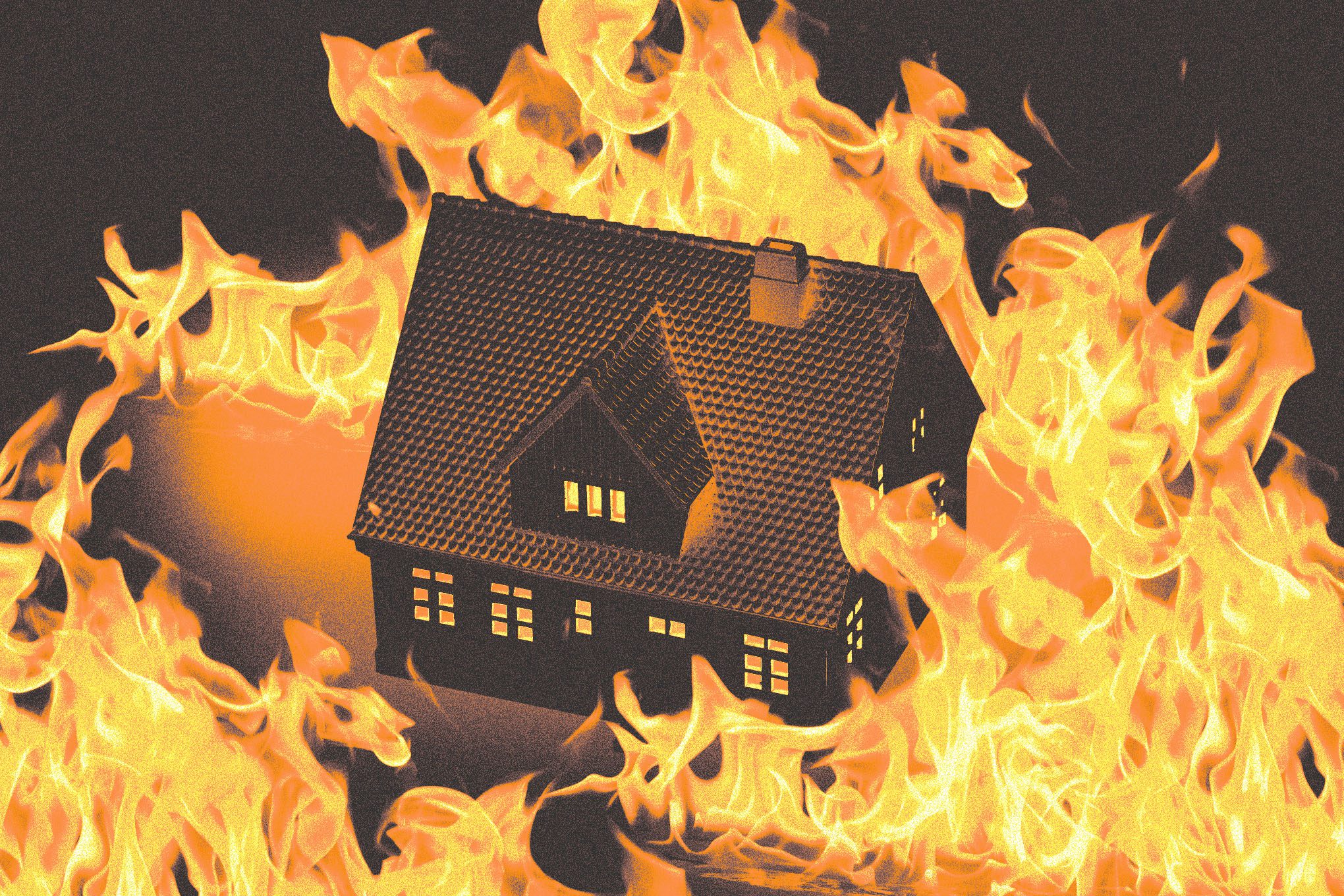A popular ski resort town in Colorado is adopting a new AI Smart City Solution from Hewlett Packard Enterprise (HPE) to help it better detect wildfires, as well as update a range of other city services.
Background on Wildfire Risks in Colorado
Wildfires have become an increasingly pressing issue in the western United States, particularly in states like Colorado. Over the past five years, Colorado has experienced 11 of the 20 largest wildfires in its history. The combination of hotter temperatures, prolonged drought conditions, and changing weather patterns has created an environment ripe for wildfires. As climate change continues to exacerbate these conditions, local governments are under pressure to find innovative solutions to mitigate the risks associated with wildfires.
Vail, a well-known ski resort town, is at the forefront of this challenge. Nestled in the Rocky Mountains, Vail attracts visitors year-round for its outdoor activities, but the increasing frequency and intensity of wildfires pose a significant threat to both residents and tourists. The town’s decision to implement HPE’s AI Smart City Solution is part of a broader strategy to enhance public safety and improve city services in the face of these challenges.
The AI Smart City Solution
Hewlett Packard Enterprise’s AI Smart City Solution aims to integrate advanced technology into urban management systems. This solution leverages artificial intelligence to analyze data from various sources, enabling cities to make informed decisions quickly. In the context of wildfire detection, the system can process real-time data from weather stations, satellite imagery, and ground sensors to identify potential fire risks and alert emergency services.
Components of the Solution
The AI Smart City Solution consists of several key components:
- Data Integration: The system aggregates data from multiple sources, including meteorological data, historical fire patterns, and current environmental conditions.
- Real-Time Monitoring: Continuous monitoring allows for the detection of anomalies that could indicate the onset of a wildfire.
- Predictive Analytics: The AI algorithms analyze historical data to predict potential fire outbreaks based on current conditions.
- Alert Systems: The solution includes automated alert systems that notify first responders and the public about emerging fire threats.
By utilizing these components, Vail aims to enhance its firefighting capabilities and improve its overall emergency response strategy.
Implications for Vail and Beyond
The adoption of AI technology in wildfire detection has significant implications for Vail and other communities facing similar challenges. By improving early detection and response times, the town hopes to minimize the impact of wildfires on both residents and the local economy. The ski resort industry, which is vital to Vail’s economy, could be particularly vulnerable to the effects of wildfires, as smoke and fire can deter tourists and disrupt operations.
Moreover, Vail’s initiative could serve as a model for other municipalities grappling with wildfire risks. As climate change continues to affect weather patterns across the western United States, the need for innovative solutions will only grow. Other towns and cities may look to Vail’s example as they seek to implement similar technologies to protect their communities.
Stakeholder Reactions
The decision to implement the AI Smart City Solution has garnered attention from various stakeholders, including local government officials, environmentalists, and residents. Many local leaders have expressed support for the initiative, recognizing the urgent need for enhanced wildfire detection capabilities. “Fires are part of our life [now] in the mountains, and we have to be prepared for them,” said a local official, emphasizing the importance of proactive measures in the face of increasing wildfire risks.
Environmental groups have also weighed in on the initiative, highlighting the importance of using technology to address climate change-related challenges. They argue that while technology can play a critical role in mitigating risks, it should be part of a broader strategy that includes sustainable land management practices and community education about wildfire prevention.
Challenges Ahead
Despite the promising aspects of the AI Smart City Solution, there are challenges that Vail and other communities may face in its implementation. One significant concern is the cost associated with deploying and maintaining advanced technology. While the potential benefits of improved wildfire detection are clear, funding for such initiatives can be a hurdle for many municipalities, particularly smaller towns with limited budgets.
Additionally, there are concerns about data privacy and security. The integration of various data sources raises questions about how that data will be used and who will have access to it. Ensuring that residents’ privacy is protected while still leveraging data for public safety is a delicate balance that local governments must navigate.
Future Prospects
As Vail moves forward with the implementation of HPE’s AI Smart City Solution, the town will likely continue to refine its approach based on real-world experiences and outcomes. The effectiveness of the system in detecting wildfires and improving emergency response will be closely monitored, and adjustments may be made as necessary.
Moreover, the success of this initiative could pave the way for further technological advancements in urban management. As more cities adopt AI solutions for various public safety concerns, the potential for collaboration and knowledge sharing among municipalities could lead to even more effective strategies for addressing climate-related challenges.
Conclusion
The adoption of AI technology in Vail represents a proactive step toward addressing the growing threat of wildfires in Colorado and beyond. By leveraging advanced data analytics and real-time monitoring, the town aims to enhance its firefighting capabilities and protect its residents and visitors. As climate change continues to impact weather patterns and increase the frequency of wildfires, the need for innovative solutions will only become more pressing. Vail’s initiative may serve as a blueprint for other communities facing similar challenges, highlighting the importance of technology in safeguarding public safety in an era of climate uncertainty.
Source: Original report
Was this helpful?
Last Modified: October 30, 2025 at 5:39 am
3 views















